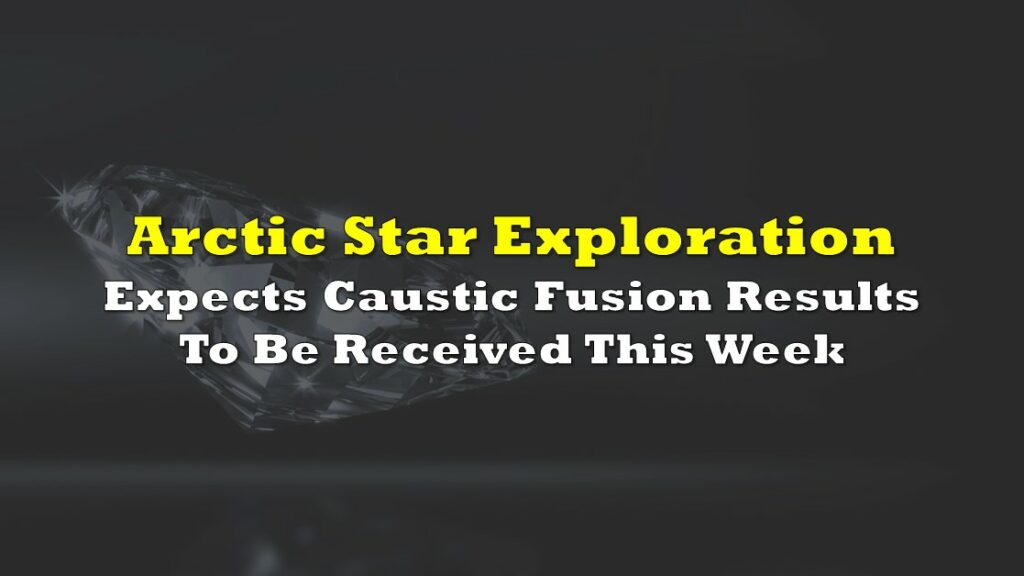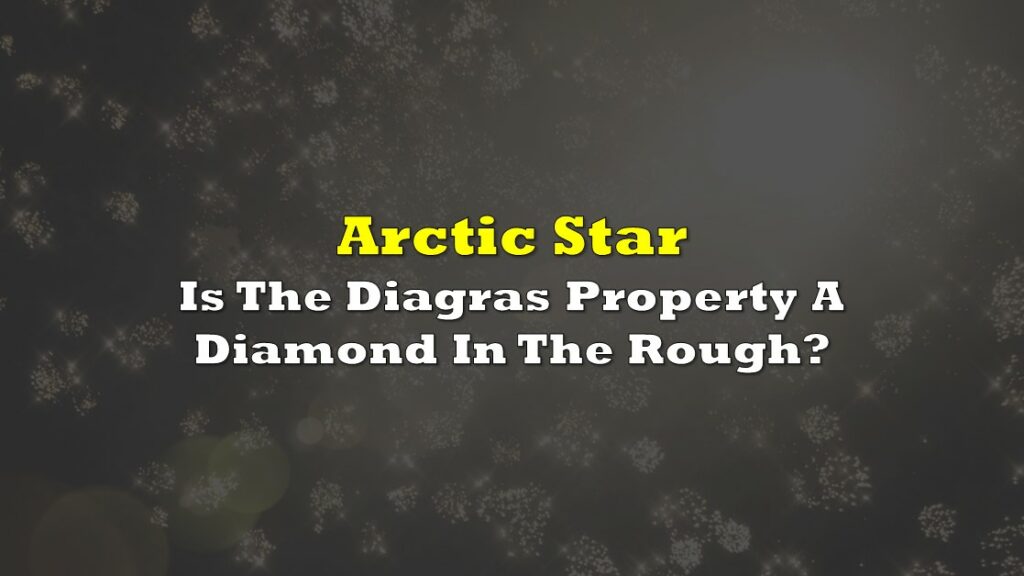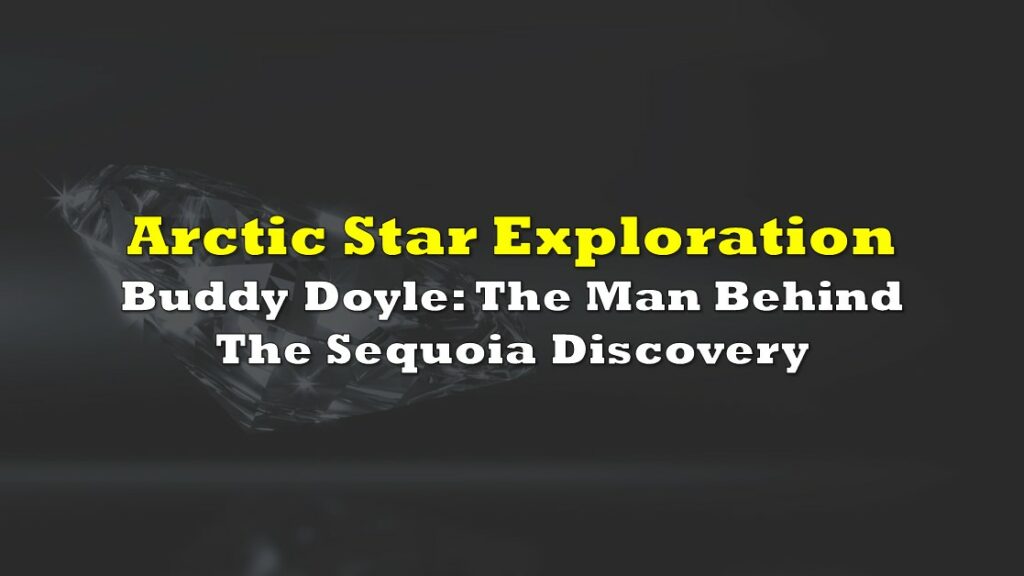The search for diamonds in Canada can be an arduous journey, particularly with the harsh conditions that come with exploration in Canada’s far north. Geologists must first know where to look – i.e. they need to know what would suggest the presence of diamonds.
Diamonds are often found within kimberlites, which tend to resemble cylindrical pipes, through which molten magma traveled from deep within the earth’s crust during ancient volcanic activity. The magma carried a variety of minerals to the Earth’s surface, where it cooled, and the minerals subsequently dispersed by glacial activity.
Before diamonds were discovered in the Northwest Territories in the 1990s, geologists would seek to find diamond ‘indicator minerals’ known to identify proximity to kimberlites, hoping they were diamond-bearing. To determine the source location of diamond-bearing kimberlites, geologists require an understanding of the target area’s ice flow history, and the dispersal patterns of glacial sediments carrying the indicator minerals that suggest the presence of diamonds.
Diamond indicator minerals include garnet, ilmenite and chromite, all of which are abundant in the Northwest Territories. The key for geologists is to find the indicator mineral source rocks, with the hope that they are diamond-bearing.
Geologists Chuck Fipke and Stewart Blusson spent almost a decade traversing Canada’s far north in search of indicator diamondiferous rocks, before making a diamond discovery at Lac de Gras, NWT. Mr. Fipke learned of the connection between kimberlites and indicator minerals during his time in South Africa in the 1970s. It was there that John Gurney, a renowned geologist working at the University of Capetown, analyzed kimberlite pipes and proved his theory that the presence of chromite, ilmenite, and high-chrome low-calcium garnet could predict a rich diamond strike.
In NWT, these indicator minerals were displaced and scattered well beyond their original source locations, by glacial activity spanning many millions of years. Mr. Fipke understood that kimberlites tend to appear in scattered clusters where the indicator minerals are found. The geologists painstakingly mapped, documented and traced the dispersal patterns of the indicator minerals. This led them to the source of the indicator minerals and diamond-bearing rocks of the kimberlite fields that host the prolific Ekati and Diavik diamond mines.
Whenever indicator minerals were found during this period, Fipke would conduct a geochemical analysis of both them and the kimberlite rocks they found. He would then compare the results with the mineralogical and geochemical signatures of previously discovered kimberlite rocks that originated in the region. This led to the ability to follow up the indicator mineral and geochemical anomalies related to these rocks, and provided a better understanding of which size sample of glacial sediments would be ideal for indicator mineral and geochemical analysis.
Fipke has continued to utilize geochemical analysis in all aspects of his subsequent diamond exploration activities. This has helped advance geochemistry techniques, methodologies, and the science of which has become an even more powerful exploration tool due to modern technological advancements.
Today Fipke is arguably considered to be the world’s foremost diamond geochemistry expert, whose knowledge is widely sought after within the diamond industry. Geochemical analysis is now considered a routine frontline tool in the diamond exploration toolbox, with exploration programs relying heavily on the interpretation of the composition of indicator minerals, which can vary considerably by geographical region.
Arctic Star Exploration Corp. (TSX-V:ADD) is currently developing its Diagras Project, which is located in close proximity to the iconic Ekati and Diavik diamond mines in the Northwest Territories. This is one of the few active diamond exploration projects in Canada. In 2021, Arctic Star discovered the Sequoia Kimberlite Complex, which surface geophysics mapping suggests could potentially be the largest diamond-bearing formation in the Lac de Gras district (and that would include both the Ekati and Diavik diamond mines).
The Diagras Project has reunited Mr. Fipke with Buddy Doyle, Arctic Star’s Chief Geologist, whom is also a legend in Canada’s diamond industry. Doyle in 1991 assisted Fipke’s exploration activities as a consulting geologist, and directed Fipke where to drill the initial holes that resulted in the Ekati discovery that kickstarted Canada’s highly successful diamond industry.
Shortly after the Ekati discovery, Doyle directed the drill program that discovered the nearby Diavik diamond mine. Today the roles have been reversed: Mr. Doyle is relying heavily on Fipke’s expert geochemical analysis of Arctic Star’s kimberlites from its Diagras Project sampling programs, to help build towards a possible economic diamond deposit.
Thanks to Fipke, geochemistry has become a standard and reliable tool in the process of diamond exploration and discovery. It is invaluable in providing clearer insights and understanding of a diamond project’s geochemical makeup and consistency, and is a key factor in determining a project’s potential economic feasibility.
FULL DISCLOSURE: Arctic Star Exploration is a client of Canacom Group, the parent company of The Deep Dive. The author has been compensated to cover Arctic Star Exploration on The Deep Dive, with The Deep Dive having full editorial control. Not a recommendation to buy or sell. Always do additional research and consult a professional before purchasing a security.









